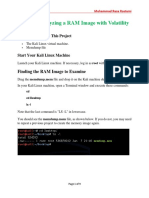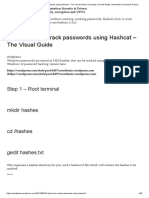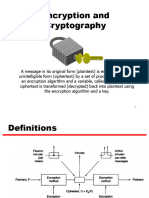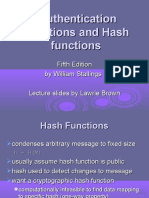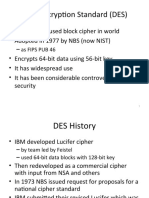0% found this document useful (0 votes)
14 views10 pages2 Crypto - Basics
This document discusses the importance of hashing in cybersecurity, highlighting its use in password authentication, blockchain technology, and digital certificates. It provides practical steps for using hashing tools in Kali Linux, including generating hashes with various algorithms and identifying hash types with tools like hash-identifier. The tutorial emphasizes the role of hashing in ensuring data integrity and assists users in utilizing hashing tools effectively.
Uploaded by
srisevitha.narahariCopyright
© © All Rights Reserved
We take content rights seriously. If you suspect this is your content, claim it here.
Available Formats
Download as DOCX, PDF, TXT or read online on Scribd
0% found this document useful (0 votes)
14 views10 pages2 Crypto - Basics
This document discusses the importance of hashing in cybersecurity, highlighting its use in password authentication, blockchain technology, and digital certificates. It provides practical steps for using hashing tools in Kali Linux, including generating hashes with various algorithms and identifying hash types with tools like hash-identifier. The tutorial emphasizes the role of hashing in ensuring data integrity and assists users in utilizing hashing tools effectively.
Uploaded by
srisevitha.narahariCopyright
© © All Rights Reserved
We take content rights seriously. If you suspect this is your content, claim it here.
Available Formats
Download as DOCX, PDF, TXT or read online on Scribd
/ 10



















